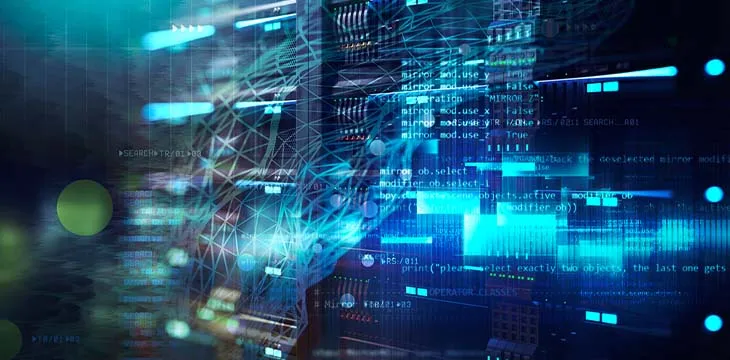|
Getting your Trinity Audio player ready...
|
This post originally appeared on ZeMing M. Gao’s website, and we republished with permission from the author. Read the full piece here.
According to the Boston Consulting Group (BCG), the tokenization of global illiquid assets is estimated to be a $16 trillion business opportunity by 2030, with tokenized financial assets, such as patents, representing $3 trillion of that business opportunity by 2030. See IPwe post on LinkedIn.
Great opportunities lie ahead with the tokenization of assets, and IPwe leads the way in intellectual properties.
I offer a separate, perhaps even different, perspective:
The most fundamental essence of tokenization is adding physicality to digital things (See: Bit & Coin – The merge of physicality and digitality).
For that, every blockchain that has some element of immutability and decentralization creates some level of physicality.
But all blockchains are not created equal. Not all will create the kind of physicality that is necessary. Digital physicality will be measured not only in a computational sense but also in a network, social, legal, and economic sense. And the level of physicality that is necessary is going to rise along with the degree of the adoption until most blockchains are either rendered useless or pushed to upper layers to overlay networks.
For an asset to be represented by ‘a set of bytes’ that gains effective physicality, the underlying blockchain must at least:
(1) be UTXO based (versus account-based);
(2) uses corruption-resistant Proof-of-Work consensus;
(3) has unbounded scalability (it doesn’t matter if a particular application has no demand for high TPS because everything will converge, and the scalability will have to be measured in aggregate both globally and across all industries);
(4) is compatible with IPv6 at the base layer of the New Internet;
(5) eventually achieves universality (by becoming the globally recognized Single Source of Truth to ensure the reliability and trustworthiness of asset registrations).
The above #5 may not be obvious, but is inevitable. When it comes to asset tokenization, we are not playing computer games. The tokenization solution must offer a reality for people everywhere to rely on without ambiguity.
Just think about the conventional assets such as houses and cars that are registered at a local government. Will the registration system work if there are multiple registrations representing different and conflicting sources and authorities? Of course not.
Furthermore, even in the case where there is only one official registration, if property transactions can happen without registration and still be accepted and honored by the private parties with confidence, the whole system won’t work either. In the current systems, private deals of houses and cars without registration do happen, but very rarely, and even in the rare cases such transactions happen, it is mostly by mistake, not intentional. Even with such low occurrence, a whole body of law governing regulation, title and ownership must be in place to govern the property transfers.
It is clear that the Single Source of Truth is the most important feature of a public property registration system.
A local property registration system works because it represents a Single Source of Truth. And the reason why it can be local, not global, is only because these assets are physically localized.
But once you tokenize assets, and move assets to a public blockchain, suddenly your ‘local’ is ‘global’ by definition. Just like multiple registrations for local assets won’t work, multiple registrations on different blockchains for global assets are not going to work.
This is the fundamental issue of ‘ledger universality,’ which is the biggest weakness of the current digital accounting system. (See Triple Entry Accounting). The collapse of the FTX digital currency exchange and, subsequently, the almost useless attempt of “Proof of Reserves” by other virtual asset exchanges highlights this issue. It is because, without a universal ledger, it may be easy to prove ‘what is’ but not possible to prove ‘what is not.’
Ultimately the choice of the right blockchain is going to matter. It doesn’t seem to matter much now, only because everything is still at the experimental stage, separately.
See more: Bit & Coin – The merge of physicality and digitality.
Watch: Tokenized assets, stablecoins and custody with BSV

 07-03-2025
07-03-2025 





